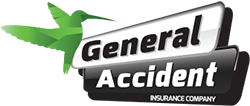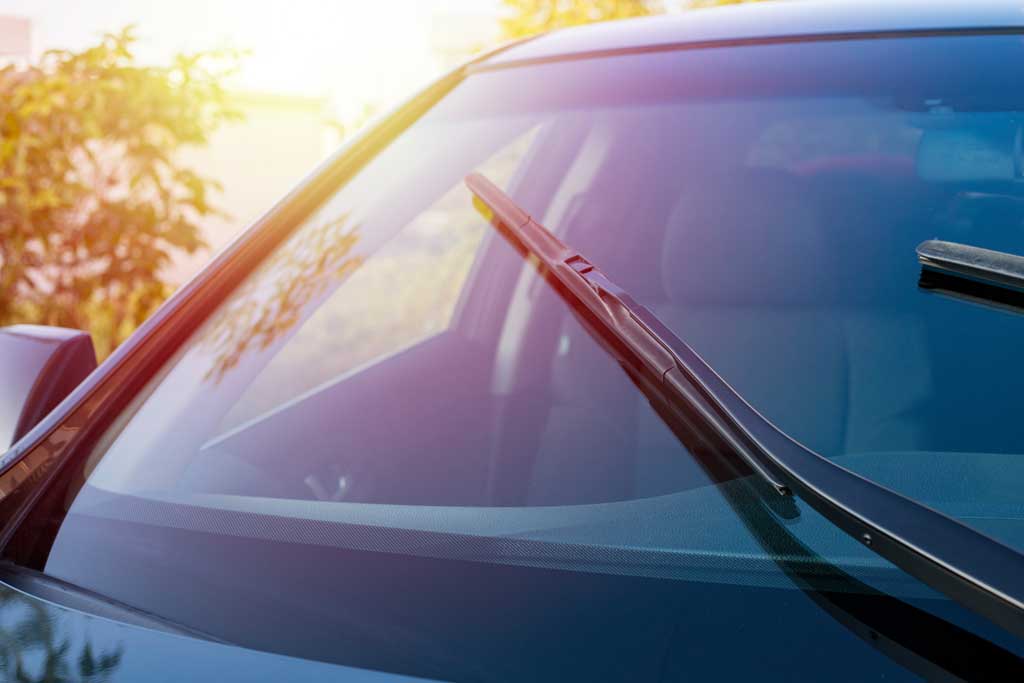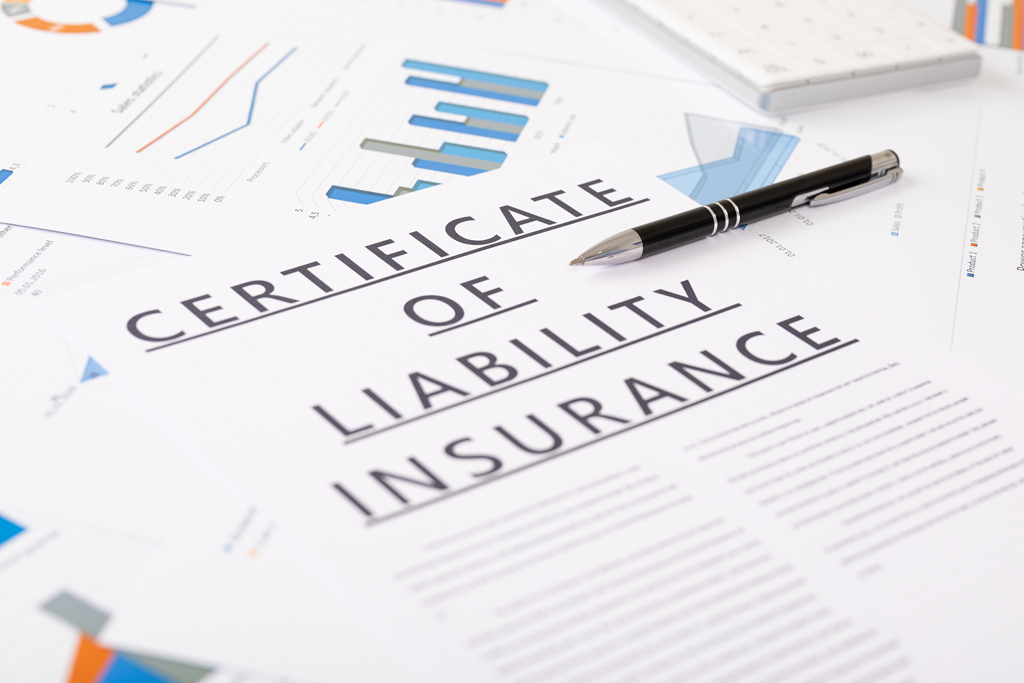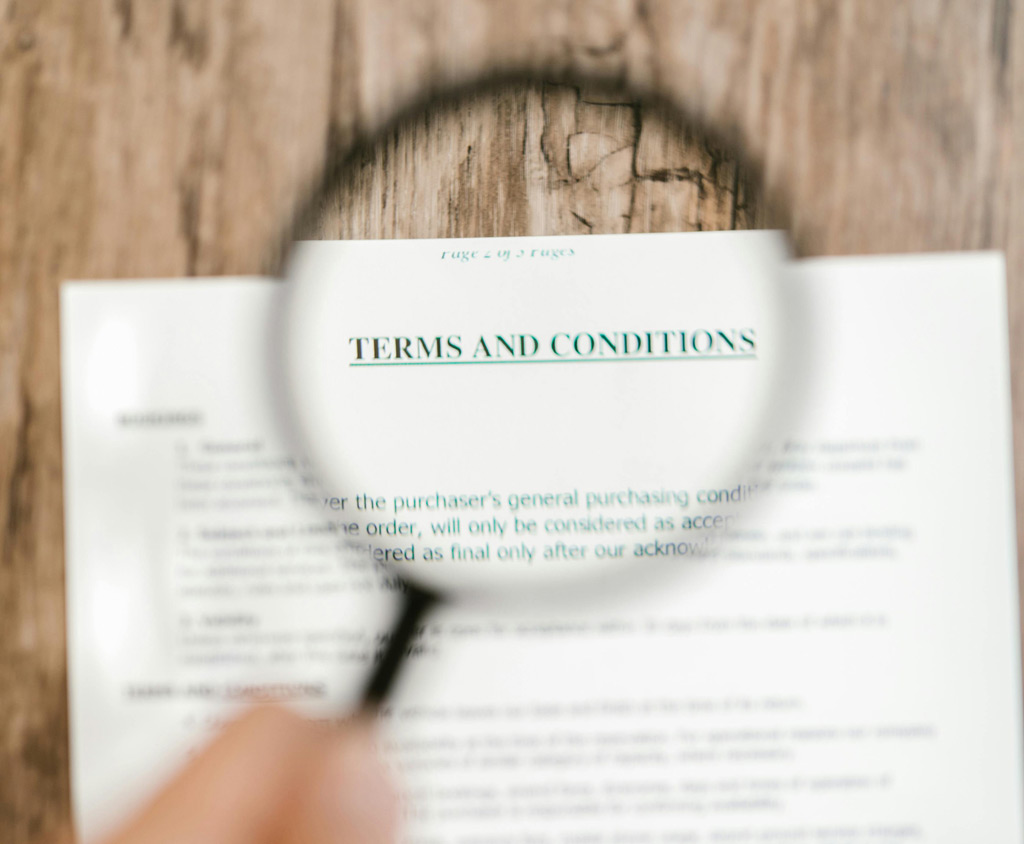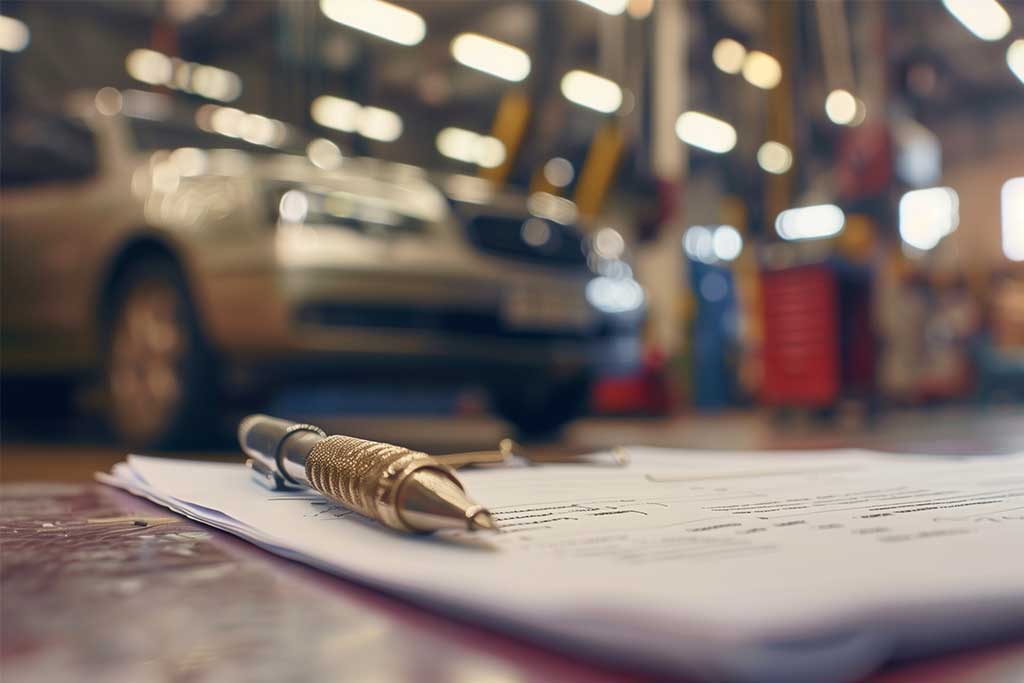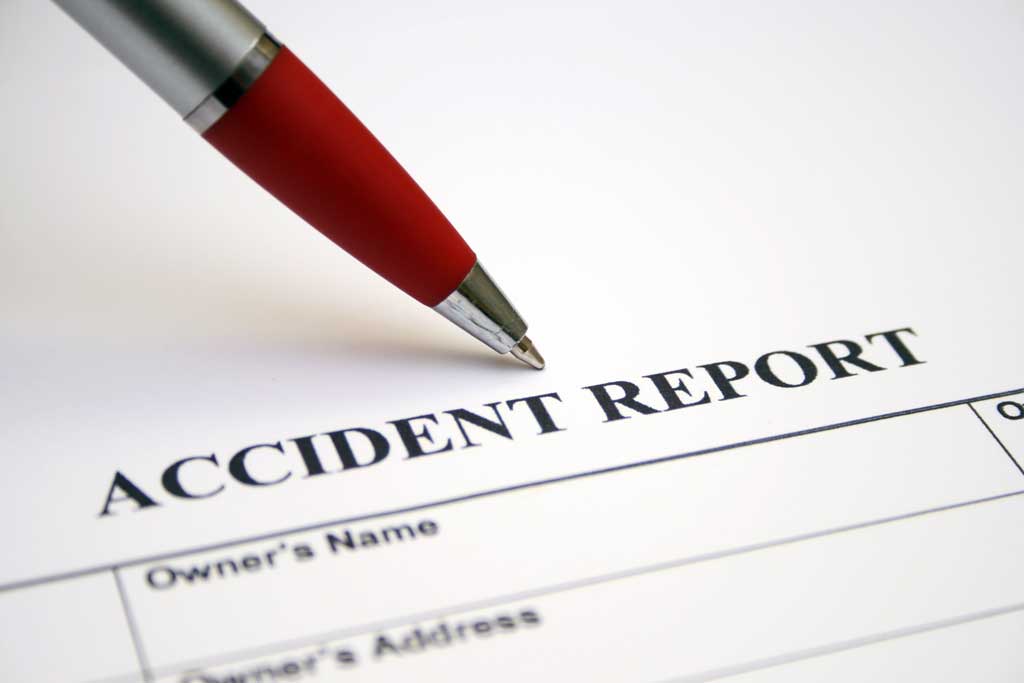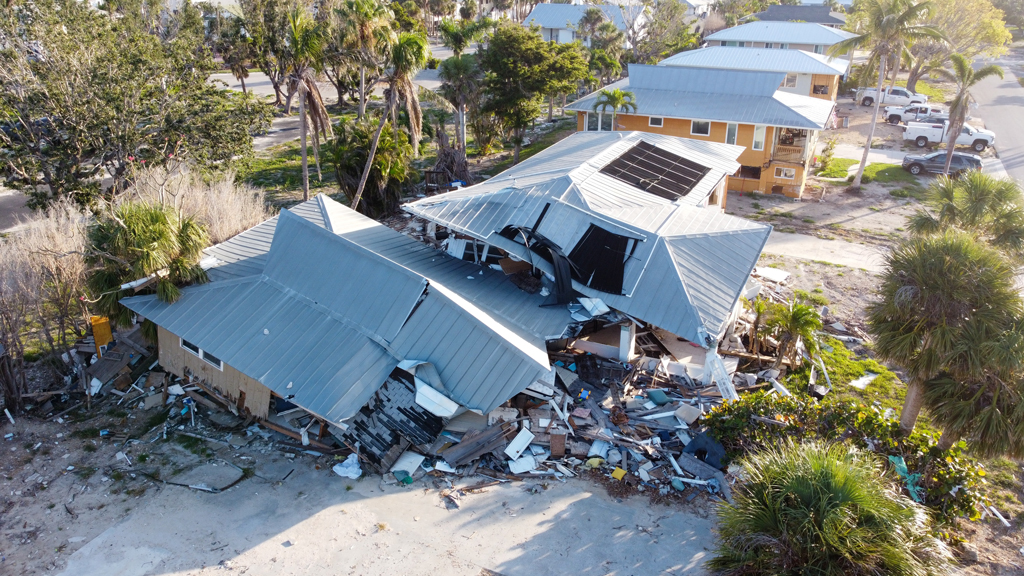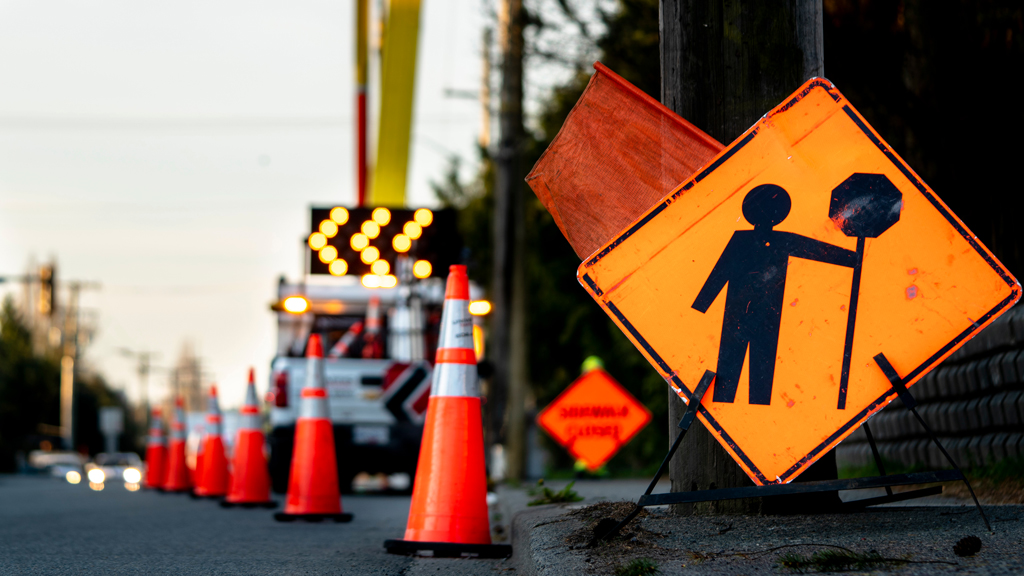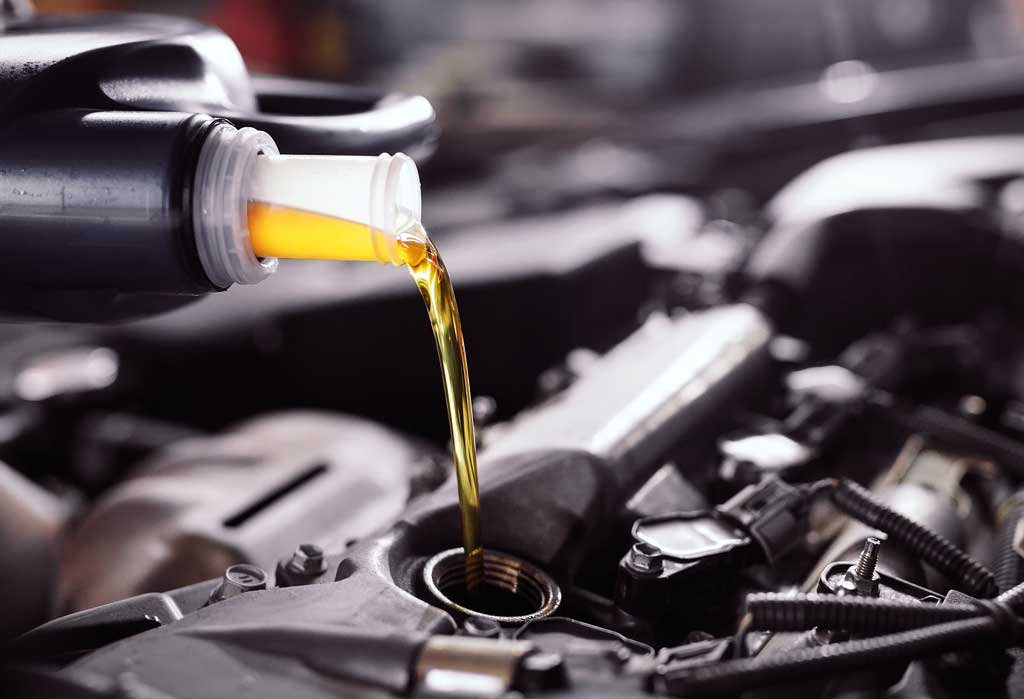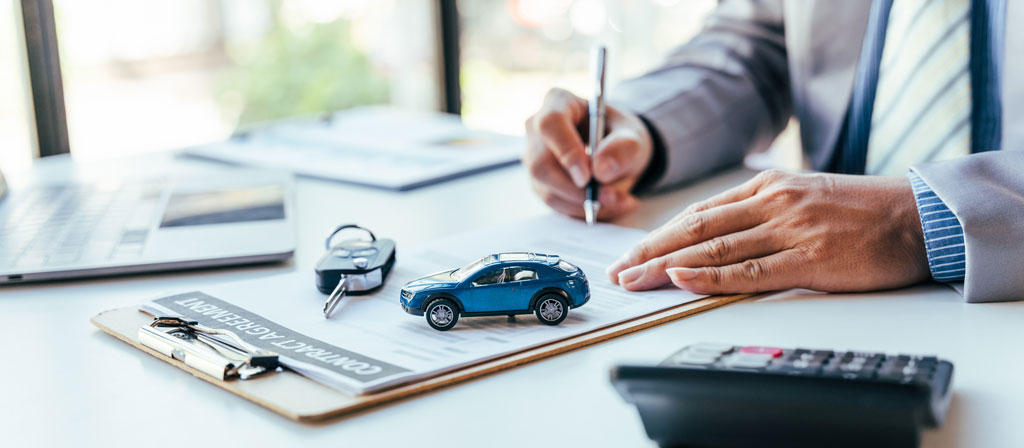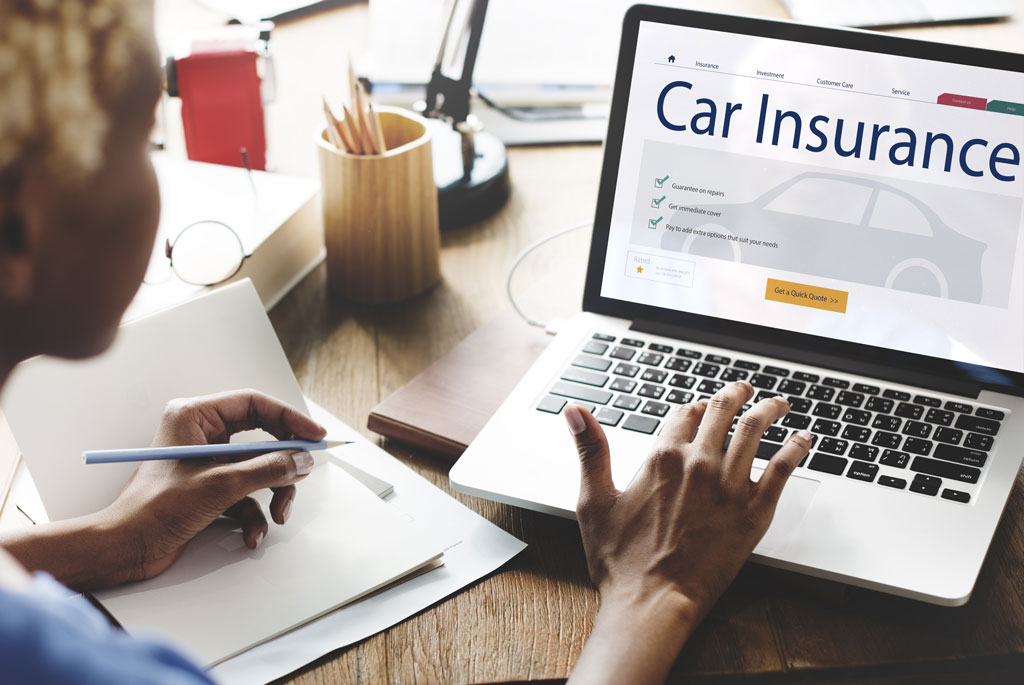What To Do in a Car Accident: Step-by-Step Guide
No one ever plans to be involved in a car crash. They’re sudden, and can lead to a broad range of long-term repercussions – including costly insurance hurdles. Knowing what steps you should take not only provides clarity and peace of mind but also shields you legally and financially.
If you have been involved in an accident or simply want to be prepared for the unexpected, consider the following nine steps.
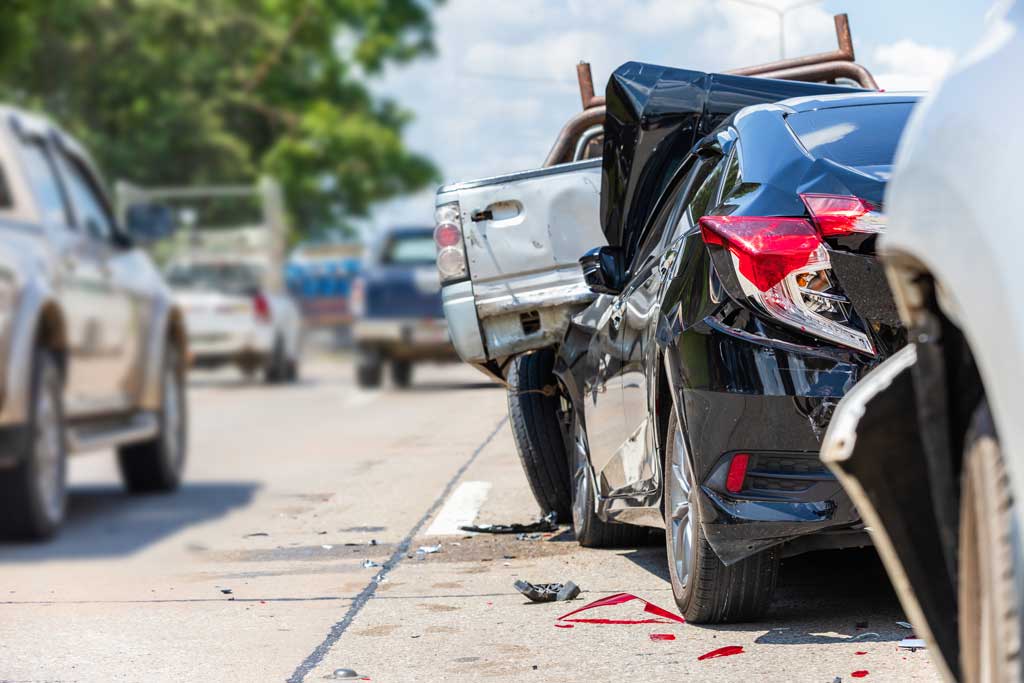
Safety First
Immediately after a collision, safety is the top priority. Stay at the accident scene and remain calm while you assess what happened. Focus on preventing any further harm:
- Move to a safe area: If your vehicle is drivable, carefully move it out of oncoming traffic to avoid secondary crashes. Turning on your hazard lights will also alert other drivers to slow down.
- Check for injuries: Look over yourself and any passengers for injuries. If someone is hurt, do not move them unless they are in immediate danger of further injury. Provide basic first aid only if you are qualified to do so and it is safe.
2. Call the Police and Emergency Services
Once you have ensured everyone’s immediate safety, call for professional help without delay. If anyone needs medical attention, dial emergency services right away. Next, contact the police to report the accident, even if it seems minor. The law requires drivers to inform police of an accident within 24 hours.
Police officers will create an official accident report, which insurance companies and legal authorities will later rely on during claims or investigations. When speaking to the emergency dispatcher, clearly explain your location and any injuries so they can send appropriate assistance.
3. Exchange Information With Other Drivers
After alerting authorities, exchange essential information with the other driver(s). This ensures that you have what you need for insurance claims and reports:
- Contact details: Full name, phone number, and address of each driver involved.
- Driver and vehicle IDs: Each driver’s licence number and the licence plate (registration) number of every vehicle.
- Insurance information: The name of each driver’s insurance company and their policy number.
Remember to communicate calmly. Be polite and factual during this exchange. Do not apologise or admit fault for the accident at the scene. Simply gather the facts; insurers or legal authorities will determine who is at fault later.
4. Document the Scene Thoroughly
Before moving any vehicles, document the accident scene as completely as possible. Good documentation will serve as vital evidence:
- Take photos of damage: Take photos of all vehicles from multiple angles, focusing on the damage. Include close-ups of dents, broken parts, and each vehicle’s licence plate.
- Capture the overall scene: Take wide shots showing vehicle positions, any skid marks or debris on the road, and nearby traffic signs or signals. These images preserve details about road conditions and how the collision occurred.
- Note key details: Note the date, time, precise location, and weather conditions. Also, jot down a brief summary of how the crash happened while the details are fresh in your mind.
This evidence will help when you file an insurance claim, providing a clear record of the incident.
5. Secure Witness Info
After an accident, if there are any witnesses, gather their contact information immediately. Ask for their names, phone numbers, and addresses so that you or insurance investigators can contact them later if needed.
Witnesses are neutral third parties whose statements can provide an unbiased account of what happened, which may be invaluable for insurance investigations or legal disputes. Having witness testimonies on record helps strengthen your case by corroborating the events as you remember them.
6. Notify Your Insurance Provider Promptly
Contact your insurance provider as soon as it is safe to do so after the accident. Nearly all auto policies require you to report an accident immediately or within a short time frame. Prompt notification allows the insurer to start the claims process and helps prevent any delays or disputes. At GENAC, if you do not possess all the details, you can submit an incident report online at – Incident Details | General Accident to notify us of the accident.
Please be reminded to provide accurate details of what happened, including the date, time, location, and any police report number. Also mention any injuries or vehicle damage, and be ready to share photos or other documentation from the scene. Timely reporting and full disclosure will help your insurer guide you through the next steps.
7. File and Track Your Insurance Claim
Once you have informed your insurer of the accident, complete any required claim forms and submit all supporting documents to formally file your claim. You may sign up and/or login to your GENAC account – Login | General Accident and file your claim without even having to leave the comfort of home. Alternatively, you may come into any one of our branches to submit your claim.
Provide a clear, factual account of the incident along with copies of key evidence, including the police report, photographs of damage, and contact information of the other parties and witnesses.
Obtain a claim reference number and the contact details of the claims adjuster handling your case for future correspondence. Then, stay in regular communication with your insurance representative; follow up periodically to check on the claim’s progress and promptly respond to any additional information requests.
8. Understand the Repair or Settlement Process
Know what to expect once the insurance claim is underway regarding vehicle repair or compensation. Typically, the insurer will send a claims adjuster to inspect your car’s damage and review the evidence. Based on this inspection, they will determine if the car is repairable or a total loss. Following this assessment, the insurance company will explain the settlement or repair plan, taking into account your coverage limits, excess (deductible), and policy terms.
Make sure you understand whether your policy covers a rental car while your vehicle is in the shop for repairs. Also, learn how the repair estimate process works. For instance, some insurers may require an appraisal or multiple quotes before approving repairs. Being informed about these procedures will help you navigate the post-accident process without surprises.
9. Keep Records of All Related Costs
Preserve all documents and receipts related to the accident and its aftermath. A detailed financial record of these costs will help demonstrate your losses during the insurance claim. Key items to save include:
- Medical bills and pharmacy receipts: Any expenses for emergency care, hospital visits, follow-up treatments, or medications.
- Vehicle repair estimates and invoices: Quotes from body shops, mechanic bills, or any parts replacements.
- Towing and storage fees: Receipts for towing your car from the scene or storing it if it’s not drivable.
- Rental car or transportation costs: Costs for a rental vehicle or alternative transport while your car is in the shop for repairs.oa
Keep these records organised in one file for easy access. This documentation serves as proof of your accident-related expenses and will support your claim for reimbursement.
How General Accident Insurance Company Limited Can Help
General Accident can support you after a car crash. We provide motor insurance policies that cover repair costs from collisions, fire, theft, and similar incidents, while also protecting you against legal liability claims.
If you’re insured with us, filing an accident claim is straightforward: you can submit the details through our online portal, without tedious paperwork. With thousands of claims settled, our efficient claims process helps you get your car repaired and your expenses reimbursed, making post-accident recovery hassle-free.
Ready to find the right coverage? Get a quote from our team today.
